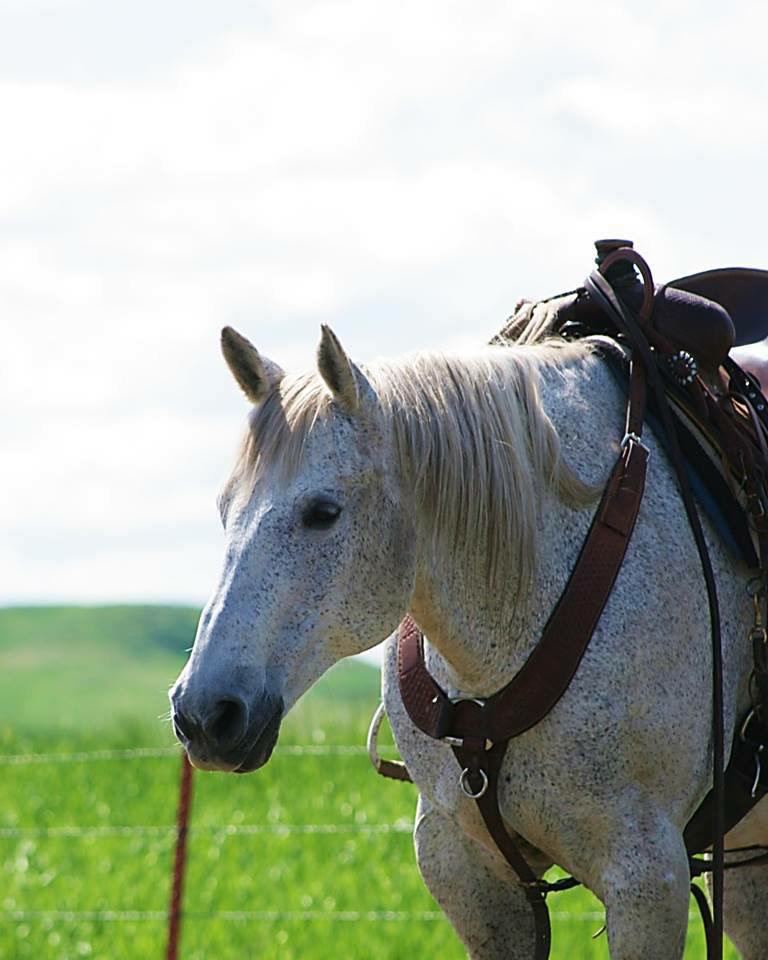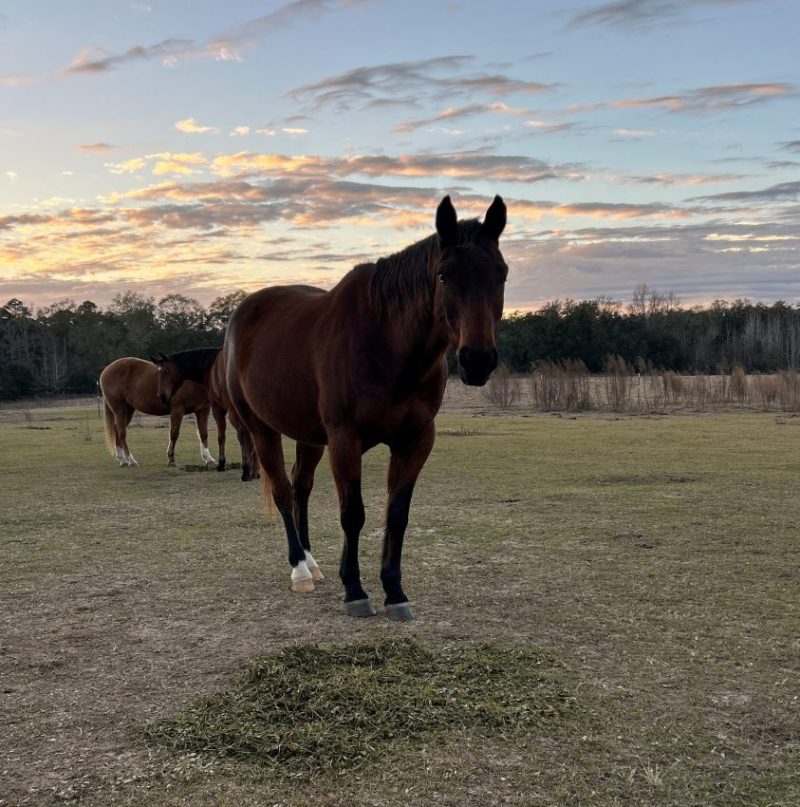It’s cold outside, and we are all working to keep our livestock in the best condition possible as we head into another week of our own version of the “Arctic in the Southeast!” Meanwhile, cattle and other livestock tend to do well in the cold. One of the ways we keep livestock warm is to provide forage and feed. At this time of year, forage is typically offered in the form of hay.
Proper nutrition is essential to the health and well-being of our horses, just as it is for humans or other livestock. Water is the most critical nutrient for livestock. Ideally, a horse should consume between 10 to 12 gallons of water daily. If that water is ice-cold or frozen, they are likely not drinking as much as they need.
Dehydration in horses can severely impact their digestive system, potentially leading to colic.
–
What is Colic?
Colic is a term used to describe stomach discomfort in horses. This condition can range from mild symptoms, like excess gas, to more severe abdominal pain, which may escalate to gut-twisting and require surgery, or in the worst case, lead to death. Early intervention is crucial, as colic typically begins with mild pain and subtle symptoms. If caught in its early stages, colic is treatable, and the horse can recover without long-term issues.
–
Early Signs of Colic
- Pawing at the ground or in the air
- Kicking or biting at their abdomen
- Struggling to urinate or defecate without success
- Frequently lying down and attempting to rise, but struggling
- Rolling on the ground, sometimes violently
- Loss of appetite (going off feed)
For more information on colic can be found in: Colic in Horses
–
Preventing Dehydration and Colic
When offered roughage, horses consume 1% to 2% of their body weight daily. Soaking hay is one effective way to help prevent dehydration and colic during the winter months. Soaking hay offers several key benefits, with a focus on increasing water intake.
–
How to Soak Hay
There are various methods for soaking hay, including submerging it in buckets or water troughs or using hay nets for easier handling. Soaking times can range from 15 minutes to several hours, depending on how much time you allow the hay to absorb the water and soften. The key is ensuring the hay is adequately soaked to improve hydration and digestion. For more information on soaking hay, visit: Hay Soaking: All Washed Up or Good Management?
Soaking hay is a simple, yet effective way to keep your horse hydrated during the winter months, reduce the risk of colic, and support their overall digestive health.
–
This article was written in collaboration Jewellyn Owens, UF/IFAS Extension Lead for America Fellow.
- Big Doe Contest Returns for 2025: A Growing Thanksgiving Tradition - November 14, 2025
- UF/IFAS Extension Panhandle Cattlemen’s College Announces Scholarship Opportunity for Florida Youth – Application Deadline September 15 - August 29, 2025
- Foot Rot Prevention and Treatment for Cattle - August 15, 2025



